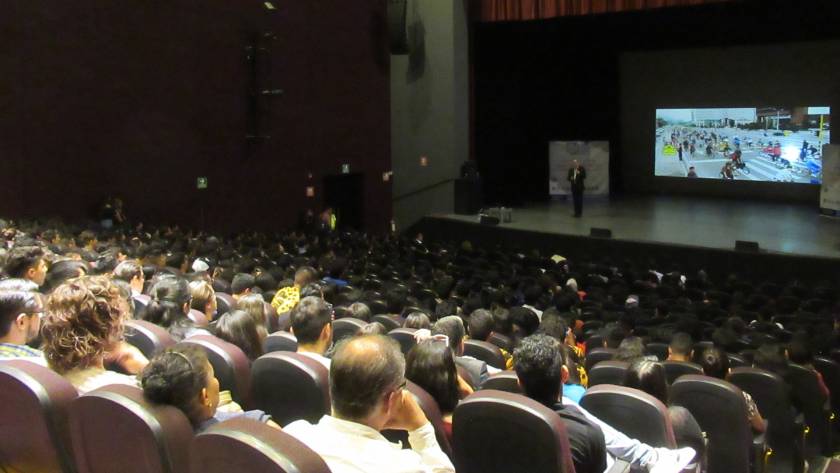







Key Takeaways
⇢ Tactical urbanism follows a clear sequence with each phase generating data and
political will.:
- demonstration (temporary installations & paint)
- pilot (months‑long with interim materials)
- interim design (1–2 years semi‑permanent)
- permanent rebuild (full reconstruction)
⇢ Tactical Urbanism is easily scalable and works everywhere, from towns with a
population as low as 1000 people to dense cities such as…


Key Takeaways
We shape our environments and they, in turn, shape our behaviours, health, and social systems.
Five‑Stage Virtuous Cycle for Impact:
People with a shared purpose
Ideas that reframe challenges as opportunities
Projects to prototype and learn
Capabilities to institutionalize methods
Leadership to share and scale insights
…


Key Takeaways
Human-Centric, Data-Informed Urbanism: It is vital to combine observational insights with new digital tools to understand how people actually use urban spaces. This includes measuring public life and leveraging qualitative inputs (such as participatory photography and map-making) alongside quantitative data.
Summary
Cities must transition from fixed long-term plans to agile…

Key Takeaways
To divert trips from cars, walking and cycling must be simultaneously:
Useful (mixed-use destinations),
Safe (protection from vehicular threat),
Comfortable (well-enclosed “outdoor living rooms”) and
Interesting (varied façades, human-scaled details).
Edges define a place: the ratio of height to width gives it a different character. If it…
